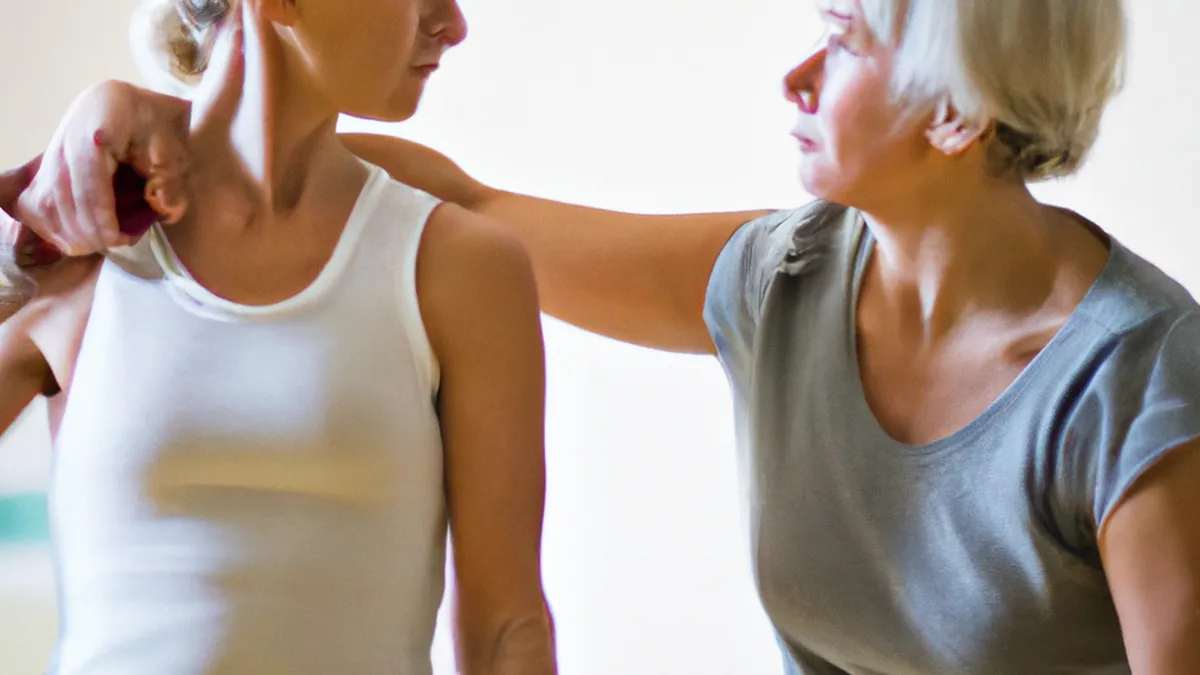7 Steps for Shoulder Rehab (Women Athletes)
Rehabilitation Protocols for Shoulder Injuries in Female AthletesShoulder injuries can severely affect female athletes. They often lead to pain, limited movement, and lower performance levels. Effective rehabilitation protocols play a vital role in recovery. Female athletes face unique challenges due to anatomical differences and injury patterns. This blog provides essential tips and benefits of tailored rehabilitation for these athletes.
As an Amazon Associate I earn from qualifying purchases.
Gear tip: consider volleyball, stability ball, and low step platform to support this topic.
Understanding Shoulder Injuries
Shoulder injuries can occur during various activities. Athletes in sports like swimming, tennis, gymnastics, and volleyball face higher injury risks. Common injuries include rotator cuff tears, shoulder impingement, tendinitis, and dislocations. The shoulder’s complex anatomy makes it prone to acute and chronic injuries.Acute injuries often result from falls, collisions, or sudden movements. Chronic injuries develop from repetitive strain over time. Female athletes may experience different injury rates than male athletes. Factors include muscle strength differences, joint laxity, and hormonal influences on connective tissue. A comprehensive rehabilitation protocol addresses these concerns effectively.
Essential Tips for Rehabilitation
1. **Start with Assessment** Begin rehabilitation with a thorough assessment. Consult a healthcare professional to identify the injury and its severity. This assessment will guide the rehabilitation plan. It may involve physical examinations and imaging techniques like MRI or ultrasound.2. **Focus on Pain Management** Manage pain during the early rehabilitation stages. Ice therapy helps reduce swelling and inflammation. Apply ice packs for 15-20 minutes several times daily. Non-steroidal anti-inflammatory drugs (NSAIDs) can alleviate discomfort. Follow the doctor’s advice to avoid potential side effects.3. **Engage in Range of Motion Exercises** After pain subsides, start range of motion exercises. Gentle stretching restores shoulder flexibility and mobility. Initial exercises may include pendulum swings or wall crawls. These movements promote mobility while minimizing injury risk.4. **Strengthen the Rotator Cuff** Strengthening the rotator cuff is essential for shoulder stability. Include targeted exercises like external rotations, internal rotations, and shoulder abductions. Use resistance bands for controlled resistance. Gradually progress to light weights as strength improves. Aim for two to three sessions weekly, focusing on proper form to avoid re-injury.
Gradual Progression of Activities
Incorporate
Conclusion
In summary, effective rehabilitation for shoulder injuries in female athletes requires a tailored approach. Focus on assessment, pain management, mobility exercises, and strengthening.
Below are related products based on this post:
FAQ
What are common shoulder injuries in female athletes?
Common shoulder injuries in female athletes include rotator cuff tears, shoulder impingement, tendinitis, and dislocations. These injuries can occur during activities in sports such as swimming, tennis, gymnastics, and volleyball. The complex anatomy of the shoulder makes it vulnerable to both acute and chronic injuries.
Why is tailored rehabilitation important for female athletes?
Tailored rehabilitation is important for female athletes due to unique anatomical differences and injury patterns. Factors such as muscle strength disparities, joint laxity, and hormonal influences can affect recovery. A comprehensive rehabilitation protocol specifically addresses these concerns to enhance recovery and performance.
What are the initial steps in shoulder injury rehabilitation?
The initial steps in shoulder injury rehabilitation include a thorough assessment by a healthcare professional to determine the injury’s severity. Following the assessment, pain management techniques such as ice therapy and NSAIDs should be implemented. This sets the foundation for a structured rehabilitation plan that promotes recovery.















Post Comment